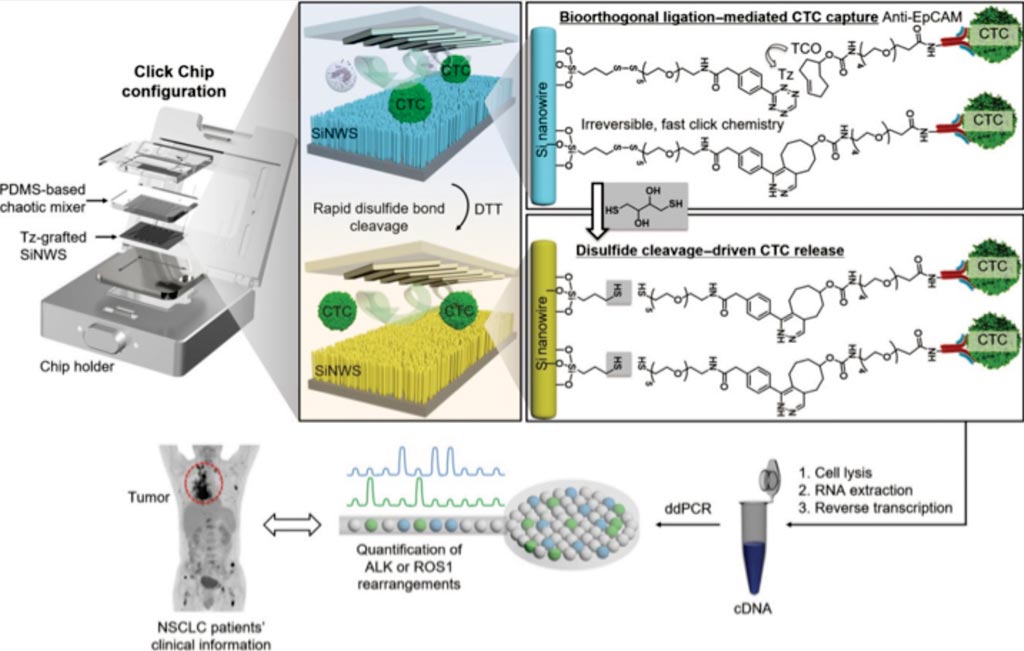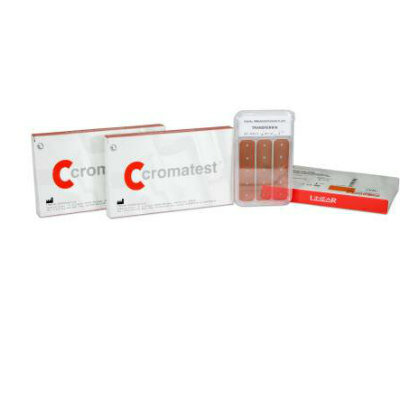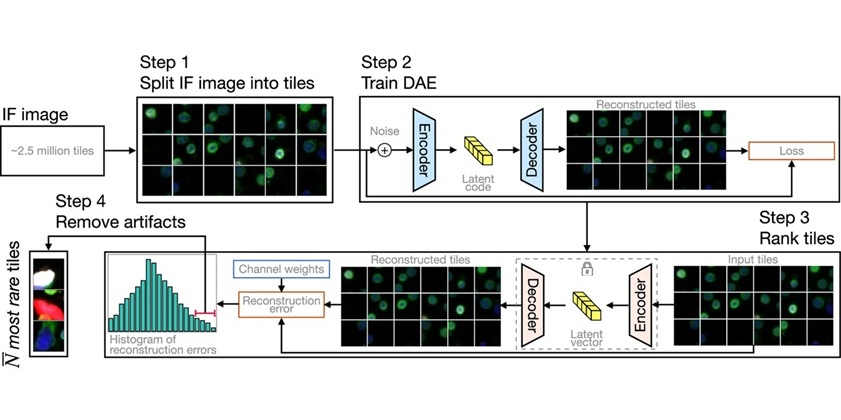CTC Purification Enables Identification of Cancer-Linked Genetic Arrangements
By LabMedica International staff writers
Posted on 29 Aug 2019
The use of circulating tumor cells (CTCs) as a surrogate tumor source for molecular profiling of disease offers a potential noninvasive diagnostic solution for understanding underlying tumor biology, guiding treatment interventions, and monitoring disease progression.Posted on 29 Aug 2019
CTCs are cells that have shed into the vasculature or lymphatics from a primary tumor and are carried around the body in the blood circulation. Unlike circulating tumor DNA or RNA, which are highly fragmented and compounded by substantial background, CTCs house intact genomic DNA and RNA, providing more genetic information about the tumors from which they originate.

Image: A diagram illustrating the combined use of bioorthogonal ligation (i.e., the reaction between Tz and TCO) and disulfide cleavage–driven by DTT to enable capture and release of CTCs using Click Chips (Photo courtesy of University of California, Los Angeles).
An international team of scientists collaborating with the University of California, Los Angeles (Los Angeles, CA, USA) developed a method combining antibody-based circulating tumor cell (CTC) capture and disulfide cleavage-driven CTC release to efficiently and rapidly purify the cells for downstream molecular analysis. The team demonstrated a covalent chemistry–based nanostructured silicon substrate (“Click Chip”) for CTC purification that leverages bioorthogonal ligation–mediated CTC capture and disulfide cleavage–driven CTC release.
The team designed the custom microfluidic chip that integrates tetrazine antibody (Tz)-grafted silicon nanowire substrates with a network of microchannels modified to induce chaotic mixing. In order to perform biorthogonal ligation-mediated CTC capture, they grafted trans-cyclooctene (TCO) modified capture antibodies to the CTCs in a blood sample. When a blood sample runs through the chip, the Tz and TCO react and instantly snag the CTCs. This they likened TCO and Tz to the male and female parts of a seatbelt, respectively, that "click" together.
The group then tested the ability to detect and quantify ALK and ROS1 oncogenic gene rearrangements in CTCs isolated from patients with non-small-cell lung carcinoma (NSCLC) using Click Chip. They collected blood samples from 12 NSCLC patients before and after crizotinib cancer drug therapy, as well as samples from six healthy controls. Seven of the NSCLC patients had ALK rearrangements and five had ROS1 rearrangements.
The team used two tubes of 2-ml blood samples from each patient to perform CTC capture, immunostaining, CTC enumeration, and CTC purification in the Click Chip, followed by reverse transcriptase (RT) Droplet Digital PCR analysis to detect and quantify the copy number of rearranged ALK or ROS1 transcripts. They found that each NSCLC patient had anywhere from 0 to 36 CTCs in their blood samples. They also detected positive ALK or ROS1 rearrangements in all 12 patients, which was consistent with tissue biopsies collected at initial diagnosis.
Hsian-Rong Tseng, PhD, a professor and co-author of the study, said, “With the improved rare-cell purification performance observed for Click Chips, it is conceivable that the devices can be adopted for purification of rare circulating fetal nucleated cells, such as circulating trophoblasts for downstream single-cell whole genome profiling, paving the way for implementation of Non-Invasive Prenatal Testing.” The study was published on July 31, 2019, in the journal Science Advances.
Related Links:
University of California, Los Angeles













